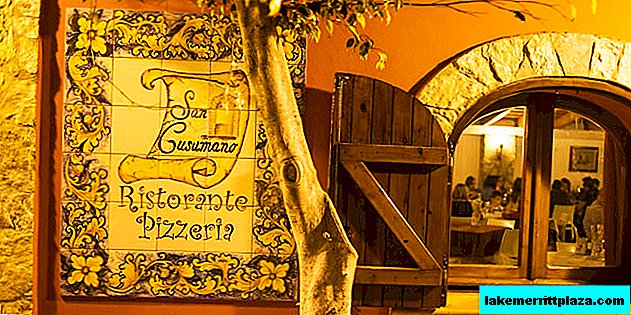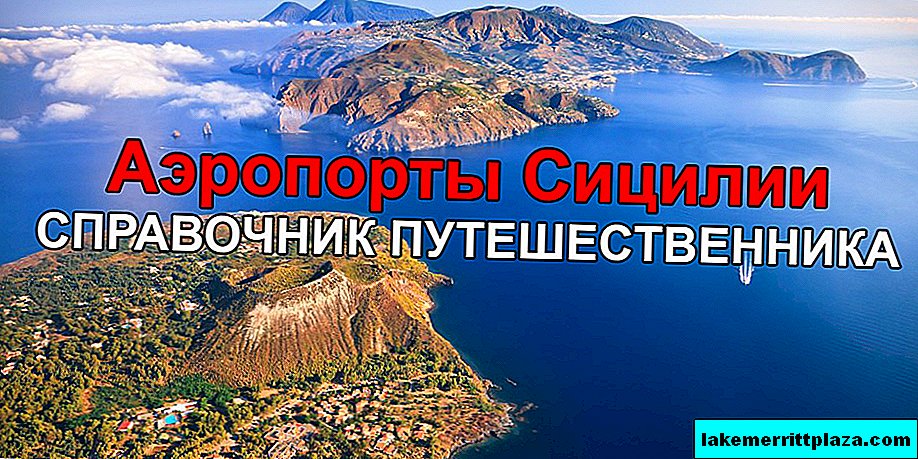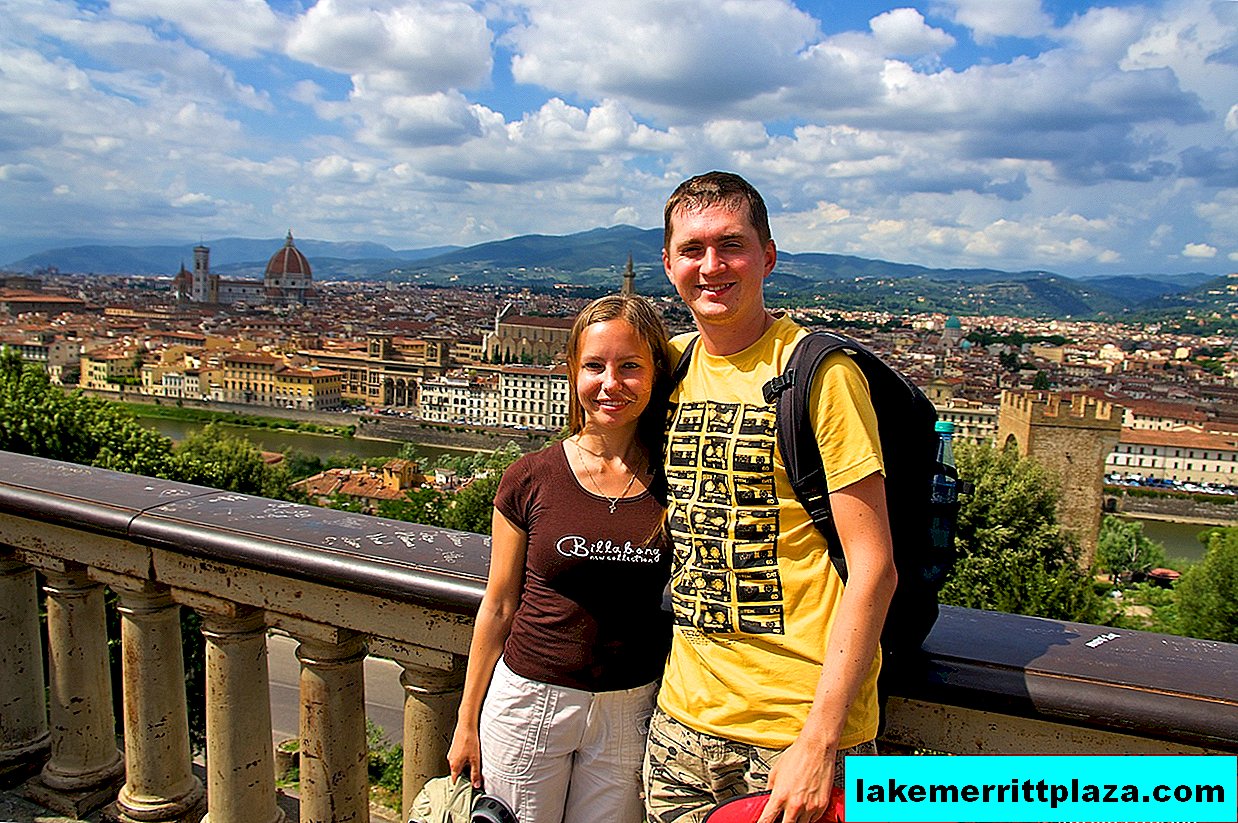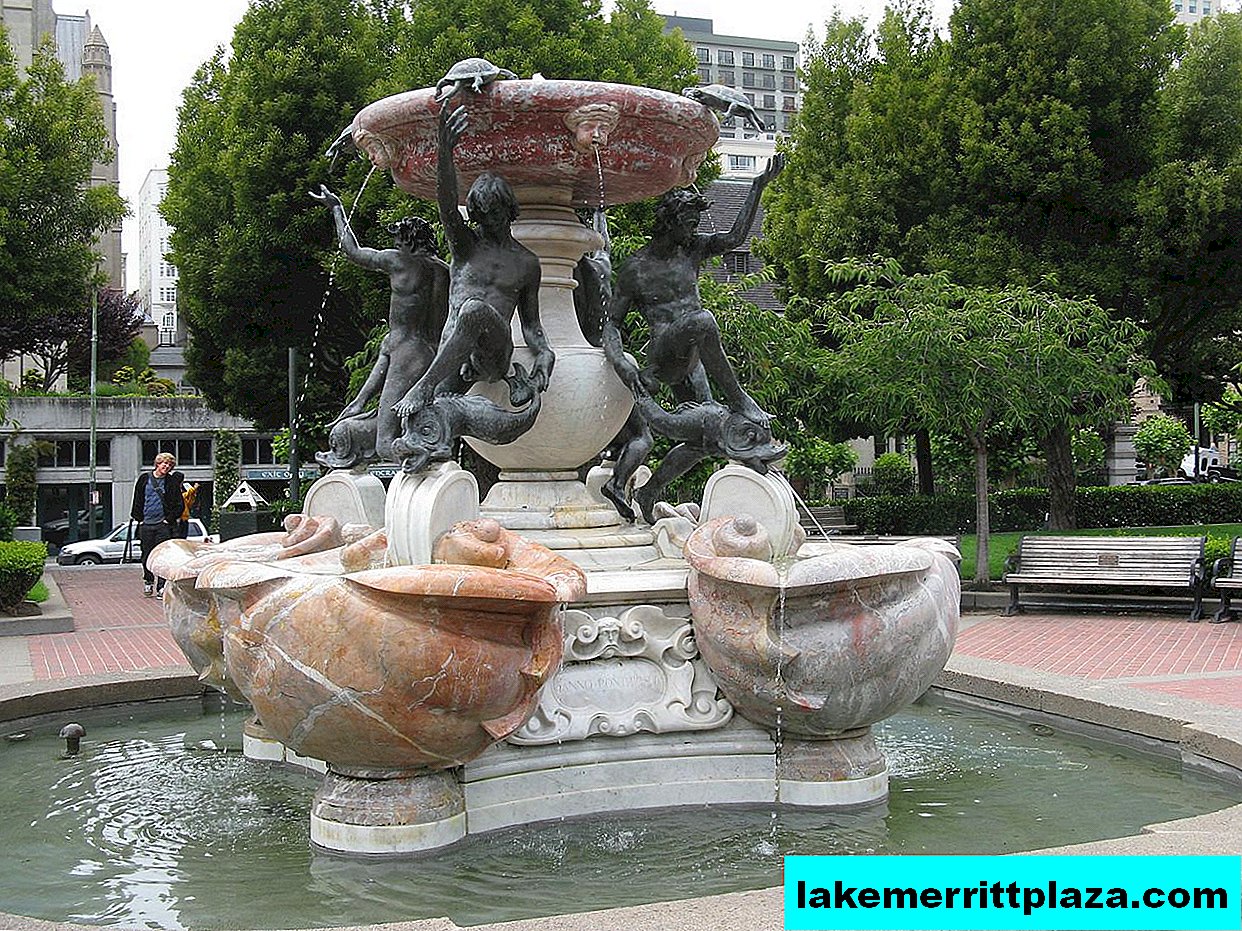Ten kilometers from the city of Torino, at the very top of the hill of Superga (Il Colle di Superga), from which it was named, is the Basilica of Superga (La Basilica di Superga) - a place where history and legend converge. This is a basilica erected because of an oath, this is a church where representatives of the Savoy dynasty were buried, this is a place where a terrible tragedy happened decades ago, and it is a sight that tourists from all over the world constantly come to.
Story
The decision to build the basilica belonged to Vittorio Amedeo II and was taken at the culmination of the duke's reign - during the French siege in 1706. Legend has it that Vittorio (who later became king of Sicily, and then reigned over the Sardinian kingdom) climbed to the top of the hill to personally assess the position of the Franco-Spanish conquerors who had occupied Turin for four months.
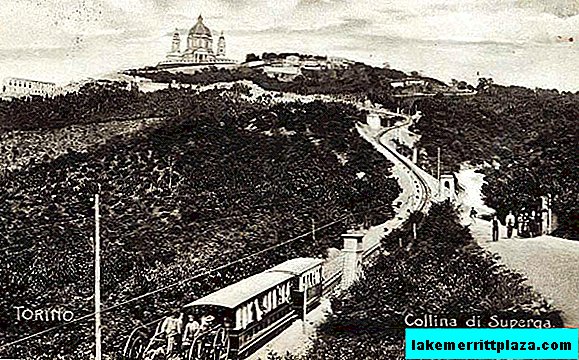
In prayer, he turned to the Holy Virgin Mary with a request to help get rid of strangers and vowed, if successful, to build a basilica in honor of the Blessed Virgin Mary on the spot where he stood. With or without the intervention of higher powers, Amedeo II still won, then became king of Sicily and immediately turned to the local extremely talented architect Filippo Juvarra.
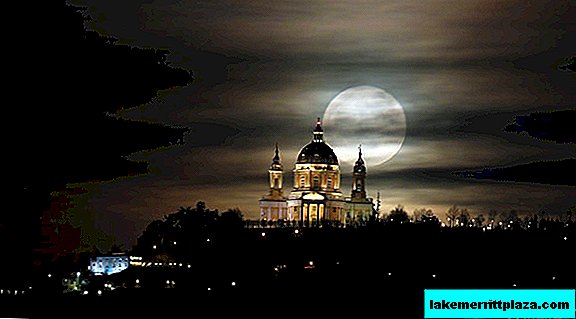
Two hundred and fifty years after the French siege of Turin, on September 7, 1956, a solemn mass was held in Superga, in which they honored the memory of all the soldiers who had fallen in those days. It is worth noting that this ministry was attended by the consuls of Italy, Spain, Austria and France - representatives of countries fighting for a small town at that time in the north of the country.
Exterior facade and interior decoration
The construction of the Superga Basilica began in 1717 and ended 14 years later. During the construction, it became clear that there was not enough space for the new temple on the top of the hill, so the architect decided to “cut off” the top of the elevation, and Superga Hill was almost 40 meters lower.
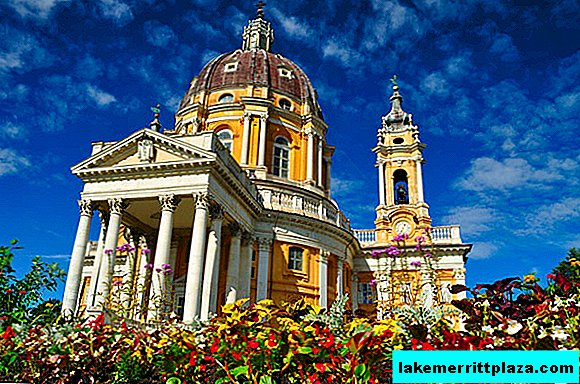
In accordance with the Juvarra project, the forms of the church to this day resemble the outlines of a hill. The circular plan of the structure included two main and four additional chapels.

Symmetrical turrets rise on each side of the temple, and at the main entrance of the Superga Basilica meets an elongated visitor with a hall decorated with eight Corinthian columns.
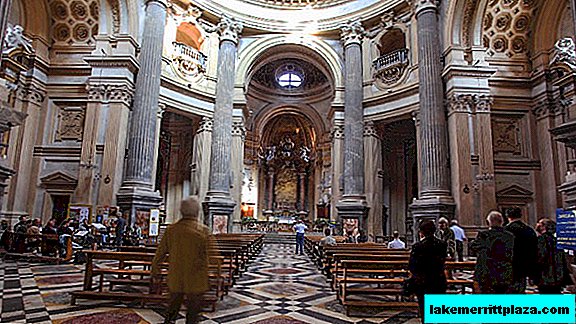
Turning right at the entrance to the Church of the Virgin, you can climb the stairs to the tower, which offers stunning views of Turin, the Po River, as well as a number of alpine peaks.
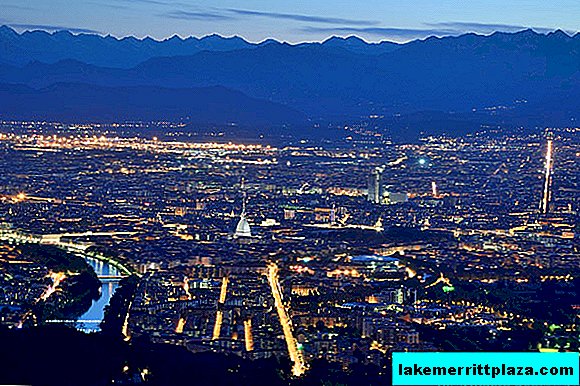
The landscape that you can enjoy here does not compare with the view offered to tourists by one of the main attractions of Turin - the tower of Mole Antonelliana.
The famous French painter Henri Rousseau once noted that the local panorama is "the most beautiful thing that a person can ever see."
To the left of the altar of the Superga Basilica is a chapel, which is a favorite place of pilgrims: it was at this place that the Duke vowed to erect a basilica in honor of the Virgin Mary. This historical moment is depicted on one of the frescoes that decorated the chapel. The same story is captured in one of the paintings of the city church of St. Cristina (Chiesa di Santa Cristina).
Under its arches, the Superga hides the royal mausoleum, where the bodies of many princes and kings of the eminent Savoy dynasty lie. This place served as a tomb for representatives of a noble family since 1731, and the grave of Vittorio Amedeo II became the first grave.
The central chapel is a real museum of stunning sculptures, as well as an art gallery with many images of all the popes who became heirs to the Holy See of the Catholic Church after St. Peter.
Plane crash in Superga
On May 4, 1949, the Superga Basilica witnessed a terrible disaster. The pilot of the plane, on board of which there were players of the Torino super club flying to the match with Benifica, lost its orientation in space due to poor visibility and touched the fence of the basilica, the ship sharply turned around from impact and it crashed at great speed the ground. All passengers, among whom, in addition to the football players, were three other well-known journalists and technicians who served the plane, were killed. The tragedy not only claimed the lives of talented athletes, but also crippled the spirit of all Italians.
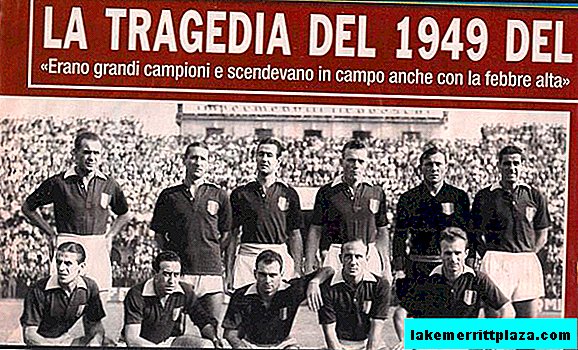
The crash affected the game of the national team, which included 10 Torino players, which in itself was a record - never before had any national team included so many representatives of a certain football club.
Only one Torino footballer - Lauro Toma - managed to deceive death - he survived because he could not go with his colleagues to the match because of an injury.
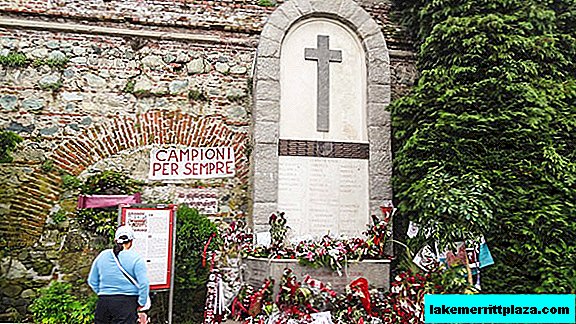
Now there is a small museum inside the Superga Basilica, and nearby, at the crash site, a memorial has been erected in memory of the legendary team that lost the most important match in their life - a match with fate.
Useful information
How to get there
The Basilica of Superga is located in the vicinity of Turin at the address: Strada Basilica di Superga, 73, Torino, Italy.
- stroll on foot from the city center (Piazza Castello stop) to the hill it will take you about 2 hours.
- Trip to the temple by taxi will cost about 20 euros.
- Budget option will be funicular (on weekdays this will be 4 euros one way, 6 - both ways, and on weekends - 6 euros one way and 9 euros both ways). You can get to the funicular from Turin by bus number 15, from the Piaza Castello stop to Sassi station (about 2 euros, from where you will transfer to the air tram later), or by buses No. 61 and 68, running on the Piazza Vittorio - Sassi route ( also about 2 euros).
Mode of operation
from March 1 to October 31, the church is open from 09:30 to 19:00 (the last group of tourists is allowed at 18:15), from November 1 to February 28 - from 10:00 to 18:00 (the last group is allowed at 17:15 )
Entrance Ticket Price
5 euros. The tour takes 45 minutes, during which you will be able to visit the courtyard of the church, in the central chapel and other significant places of the basilica.
Official site of the Superga Basilica: www.basilicadisuperga.com

